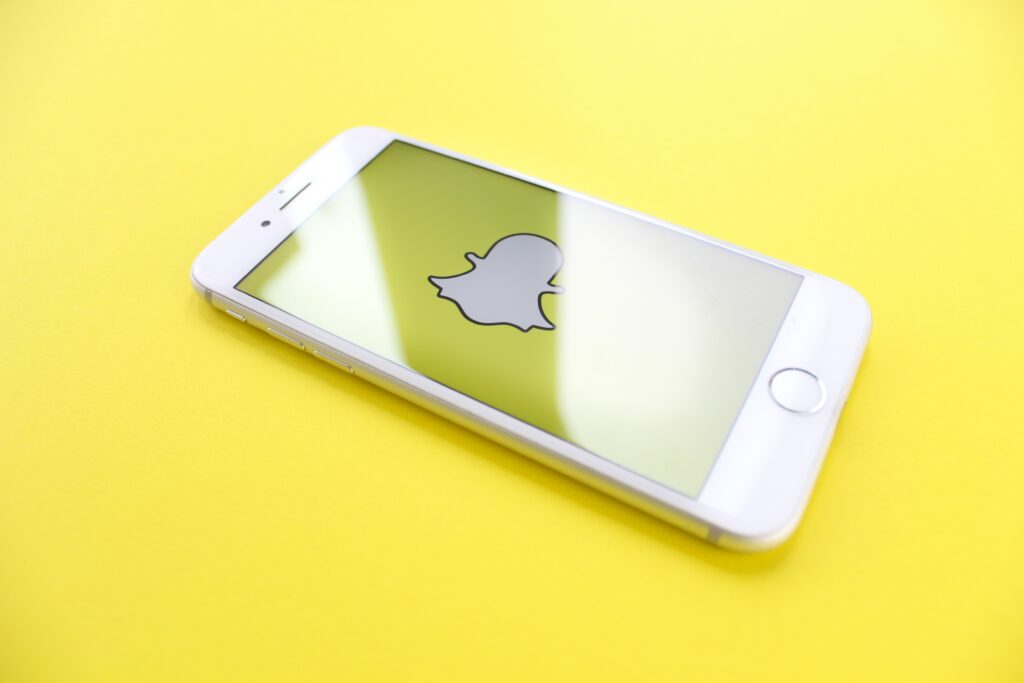Okay, so, the entire stock market is crashing. So this probably isn’t surprising. Open your Robinhood app, and it’s just a crazy sea of red. But there are still some standouts, sometimes for the wrong reasons. Snapchat crashed 43% because it didn’t meet its revenue targets. But that’s actually not altogether surprising.

Why Did Snapchat Crash?
It’s not that extraordinary. Many social media platforms suffer from the same problem. Even if they disrupt the market and get millions or, in Facebook’s case, billions of users, they have no clear path towards monetization. Facebook countered that by getting in good with businesses and starting to develop ads.
Snapchat has creator monetization tools, which makes it fairly unique among “social media first” platforms. But by and large, it’s just not an easily monetized mobile apply.
A lot of social media platforms are on a VC runway. They lose money, but they still get investments because they have such extraordinary engagement and active users.
The Implications of the Snapchat Crash
But investors are becoming disenchanted with these continuous losses. As the recession pulls investors back from spending, it’s going to pull back on these high-risk, would-be-nice plays. Do you really want to be invested in Snapchat and it’s potential monetization as it bleeds money? Or do you want to pick up some cheap Microsoft stock, knowing that it’s currently at an extraordinary discount?
Social media disruptors tend to concentrate on engagement and hope, very fervently, that they’ll figure out monetization later. But that’s not the strategy. Just ask Reddit, which has had to incorporate pretty aggressive advertising on its platform to stay afloat. Just ask MoviePass, which lost investors millions of dollars on its casual “we’ll figure it out” engagement play.
Monetizing Social Media: Is It the Metaverse?
So, here’s the thing. Anyone who wants to disrupt social media needs to have their monetization baked in. How do you monetize social media?
The best way, quite honestly, is going to have to do with the Metaverse and product placement. Metaverse—purchasing digital items that generate a “lifestyle image,” whether that’s cosmetics for your digital avatar or filters for your digital photos. Produce placement—advertising that’s less obtrusive and more likely to get people to buy, because people are sick of ads.
That being said, social media ads are going to become tremendously more effective shortly because of the death of the third-party cookie. Cookies can’t track you, but your social media account can.
People are focusing more on product placement now. Get creators to highlight your items. Build sponsorships. In fact, that’s actually pulling back to the very early days of the web when everything was directly sponsored. Including the reviews.
But social media is a hard nut to track, because engagement doesn’t necessarily mean monetization. Companies that are poised to disrupt the social media market need to really dig into their monetization and make sure they have a viable strategy. We aren’t in the second DotCom boom anymore; VCs aren’t going to throw money at every mobile app that’s being built. You need an actual business strategy, not just a product.
As for Snapchat, well, the problem with social media platforms is also that they have a shelf-life. Just as the kiddos are moving away from Facebook, they’re moving away from Snapchat, too. Kids aren’t going to use the same platform as their parents—and it shows. So, the time is right for a successor to TikTok. But who will it be?



